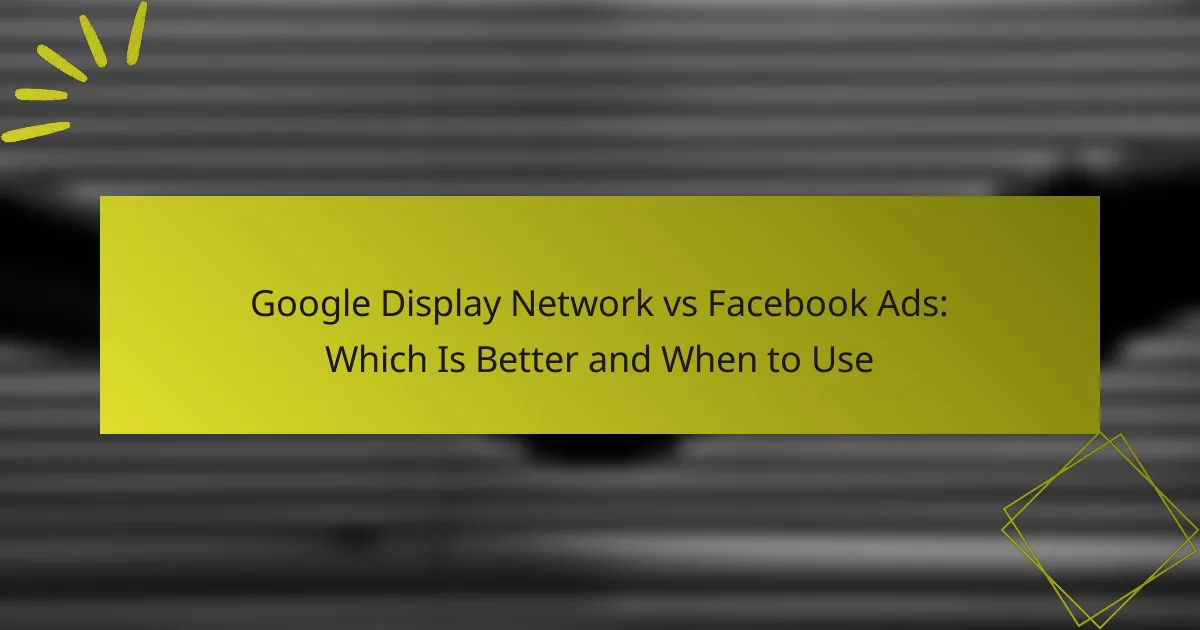Native advertising platforms play a crucial role in enhancing user engagement by integrating promotional content seamlessly into the overall user experience. By doing so, they create a more appealing and less intrusive environment for brands to connect with their audiences, ultimately leading to improved interaction and conversion rates.

How do native advertising platforms enhance engagement?
Native advertising platforms enhance engagement by seamlessly integrating promotional content with the user experience, making it more appealing and less intrusive. This approach fosters a connection between brands and audiences, leading to improved interaction and retention.
Increased audience interaction
Native advertising encourages increased audience interaction by presenting content in a format that aligns with the platform’s environment. For instance, sponsored articles on news websites often mimic the style of editorial content, prompting users to engage more readily.
To maximize interaction, brands should focus on creating high-quality, relevant content that resonates with their target audience. Engaging visuals and compelling headlines can further boost user interest and participation.
Higher click-through rates
Native ads typically achieve higher click-through rates (CTR) compared to traditional display ads due to their non-disruptive nature. By blending in with organic content, these ads capture user attention without the typical banner blindness associated with standard advertising.
Marketers should aim for a CTR that exceeds industry averages, often in the range of 0.5% to 2%. Testing different formats and placements can help identify the most effective strategies for driving clicks.
Personalized content delivery
Personalized content delivery is a key feature of native advertising platforms, allowing brands to tailor messages based on user behavior and preferences. By leveraging data analytics, advertisers can create targeted campaigns that speak directly to individual interests.
To implement personalization effectively, brands should utilize audience segmentation and A/B testing. This approach helps refine messaging and ensures that content resonates with specific demographics, ultimately enhancing engagement and conversion rates.

What are the top native advertising platforms in the US?
The leading native advertising platforms in the US include Taboola, Outbrain, and Revcontent. These platforms enable brands to promote their content in a way that blends seamlessly with the user experience, enhancing engagement and relevance.
Taboola
Taboola is a prominent native advertising platform that specializes in content discovery. It uses algorithms to recommend articles, videos, and other content across a network of publisher sites, aiming to drive traffic and engagement.
Advertisers can create campaigns that target specific audiences based on interests and behaviors, making it easier to reach potential customers. Taboola typically operates on a cost-per-click (CPC) basis, allowing brands to manage their budgets effectively.
Outbrain
Outbrain is another leading native advertising platform that focuses on content recommendation. It helps brands promote their articles and videos on high-traffic publisher sites, enhancing visibility and engagement.
Outbrain’s targeting capabilities allow advertisers to reach specific demographics and interests, optimizing campaign performance. The platform operates primarily on a CPC model, providing flexibility in budget management while maximizing return on investment.
Revcontent
Revcontent is known for its high-quality traffic and advanced targeting options. It connects advertisers with a wide range of publishers, allowing for effective content promotion that aligns with user interests.
Revcontent offers various ad formats, including widgets and in-feed ads, which can be tailored to fit the look and feel of the hosting site. Advertisers benefit from a CPC or cost-per-impression (CPM) model, giving them control over spending and performance tracking.

How do native ads improve relevance for advertisers?
Native ads enhance relevance for advertisers by seamlessly integrating promotional content within the user experience, making it more engaging and less intrusive. This approach allows brands to connect with audiences in a meaningful way, increasing the likelihood of interaction and conversion.
Contextual targeting capabilities
Contextual targeting allows advertisers to display native ads based on the content surrounding them. By analyzing keywords and topics, platforms can ensure that ads align with the interests of users reading specific articles or browsing particular sections of a website. This increases the chances of capturing the audience’s attention effectively.
For example, an ad for outdoor gear may appear on a travel blog, making it more relevant to readers interested in hiking or camping. Advertisers should consider the context of their ads to maximize engagement.
Audience segmentation features
Audience segmentation enables advertisers to tailor their native ads to specific demographics, interests, or behaviors. By leveraging data analytics, platforms can identify distinct audience groups and serve ads that resonate with each segment. This targeted approach can significantly improve ad performance.
For instance, a brand selling luxury watches might target affluent consumers aged 30-50, ensuring that their ads reach individuals more likely to make a purchase. Advertisers should utilize segmentation tools to refine their targeting strategies.
Real-time performance analytics
Real-time performance analytics provide advertisers with immediate insights into how their native ads are performing. Metrics such as click-through rates, engagement levels, and conversion rates allow brands to assess the effectiveness of their campaigns and make data-driven adjustments on the fly.
By monitoring these analytics, advertisers can identify which ads are resonating with audiences and which are not, enabling them to optimize their strategies for better results. Regularly reviewing performance data is crucial for ongoing success in native advertising.

What metrics define performance in native advertising?
Performance in native advertising is primarily defined by engagement rates, conversion rates, and return on ad spend (ROAS). These metrics help advertisers assess the effectiveness of their campaigns and optimize for better results.
Engagement rates
Engagement rates measure how effectively an audience interacts with native ads. This includes metrics like clicks, shares, comments, and time spent on the content. A higher engagement rate indicates that the ad resonates well with the target audience.
To improve engagement rates, focus on creating compelling content that aligns with the interests of your audience. Use eye-catching visuals and strong calls to action to encourage interaction. Aim for engagement rates in the range of 1-5% for effective campaigns.
Conversion rates
Conversion rates indicate the percentage of users who take a desired action after interacting with a native ad, such as making a purchase or signing up for a newsletter. This metric is crucial for understanding the effectiveness of your ad in driving specific outcomes.
To enhance conversion rates, ensure that your landing pages are optimized for user experience and aligned with the ad’s messaging. A typical conversion rate for native advertising might range from 2-10%, depending on the industry and audience targeting.
Return on ad spend (ROAS)
Return on ad spend (ROAS) measures the revenue generated for every dollar spent on advertising. This metric helps advertisers evaluate the financial effectiveness of their campaigns. A higher ROAS indicates a more profitable advertising strategy.
To calculate ROAS, divide the total revenue generated from the ad by the total ad spend. A good benchmark for ROAS is typically 4:1, meaning for every dollar spent, four dollars in revenue are generated. Regularly analyze and adjust your campaigns to maintain or improve your ROAS.

What are the prerequisites for using native advertising platforms?
To effectively use native advertising platforms, businesses need to establish clear marketing objectives, identify their target audience, and allocate a suitable budget for their campaigns. These prerequisites ensure that the advertising efforts are focused, relevant, and financially viable.
Clear marketing objectives
Setting clear marketing objectives is essential for guiding your native advertising strategy. Objectives can range from increasing brand awareness to generating leads or driving sales. Specific, measurable goals help in evaluating the success of your campaigns.
For example, a business might aim to boost website traffic by 30% over three months or increase newsletter sign-ups by 15% within a month. Having defined targets allows for better tracking and adjustment of strategies as needed.
Defined target audience
Identifying a defined target audience is crucial for the effectiveness of native advertising. Understanding who your ideal customers are enables you to tailor your content and placement strategies to resonate with them. This can include demographics, interests, and online behaviors.
For instance, a company selling fitness products should target health-conscious individuals aged 18-35 who engage with fitness-related content. Utilizing audience segmentation tools can help refine this targeting further, ensuring that ads reach the most relevant users.
Budget allocation for campaigns
Allocating a budget for native advertising campaigns is vital for managing costs and maximizing return on investment. Businesses should consider both the total budget and how much to spend on individual campaigns based on their objectives and expected outcomes.
A practical approach is to start with a modest budget, perhaps a few hundred to a few thousand dollars, and scale based on performance. Regularly reviewing campaign results can inform future budget adjustments, ensuring that funds are directed toward the most effective strategies.

How do native advertising platforms compare to traditional display ads?
Native advertising platforms offer a more integrated approach to advertising compared to traditional display ads, which often disrupt the user experience. Native ads blend seamlessly with the content, enhancing engagement and relevance while minimizing banner blindness associated with conventional ads.
Less intrusive user experience
Native advertising provides a less intrusive user experience by aligning the ad format with the surrounding content. This integration allows users to engage with the advertisement without feeling interrupted, leading to higher engagement rates compared to traditional display ads.
For example, a sponsored article on a news website appears as part of the editorial content, making it more appealing to readers. In contrast, traditional display ads often appear as pop-ups or banners that can detract from the user experience.
To maximize effectiveness, ensure that native ads are relevant to the audience and context. Avoid overly promotional language; instead, focus on storytelling that resonates with users, enhancing both engagement and brand perception.



